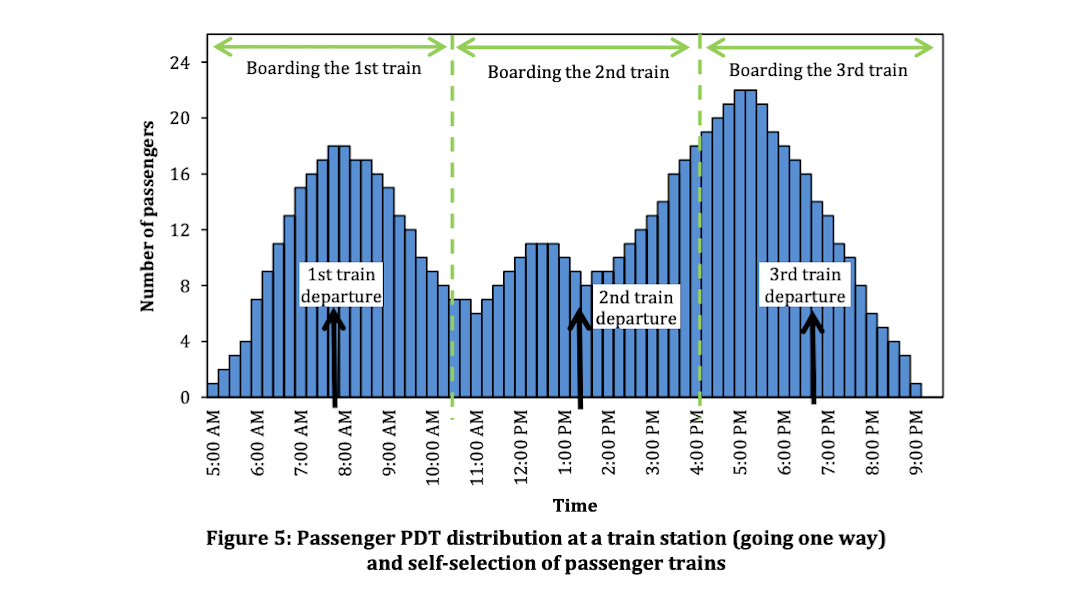Integrated Modeling of High Performance Passenger and Freight Train Operation Planning on Shared Use Rail Corridors: A Focus on the US Context

Shared Use Rail Corridors Can Result in Lower Schedule Delays for Travelers, But Higher Costs for Freight Railroads
Operating more passenger trains on a shared rail corridor with freight trains can result in fewer delays for travelers, but may lead to higher costs for freight railroads.
That’s a key finding of a transportation research paper undertaken to determine the impact of having passenger and freight trains share a single rail line – specifically the 300-mile route between Chicago and St. Louis, currently under renovation to accommodate 110-mile-per-hour passenger service.
The paper, completed by researchers at the Urban Transportation Center at the University of Illinois at Chicago (UIC), also noted that in most instances the marginal freight-side cost increases due to adding more passenger trains on the shared use corridor would be higher than the cost savings to passengers. This is especially true where frequent services already exist.
One unique feature of the study is its explicit consideration and modeling of passenger schedule delay based upon passenger preferred departure time profiles over the course of a day. Researchers used a hypergraph – a graph that allows an edge to connect to any number of vertices – to address an important omission of train path conflicts due to track resource use during transitions. Given the different scheduling priorities of passenger and freight services, a two-level modeling structure is developed to determine the cost-minimizing schedules on both passenger and freight sides.
Using the models developed, decision-makers, such as elected officials, Amtrak and freight railroads, now have a new tool to help plan and develop future rail service on a shared corridor.
As noted in the paper:
“The mixed operations give rise to the issue of capacity constraints, as manifested by the non-trivial delays reported by Amtrak and freight trains on shared use corridors (Harrod, 2009). It is therefore important to understand the interactions between passenger and freight operations from the schedule planning perspective, especially given the introduction of higher performance passenger rail services on shared use corridors in the future.”
Results from this research provide a new framework for short-term train tactical and operational schedule planning and offer practical and general insights into future rail planning on shared use corridors.
The complete paper, “Integrated Modeling of High Performance Passenger and Freight Train Operation Planning on Shared Use Rail Corridors: A Focus on the US Context,” can be downloaded here. Or, get access to an abstract. The research was conducted by Dr. Bo Zou and Ahmadreza Talebian, researchers at the Department of Civil and Materials Engineering at UIC. The citation above is attributed to: Harrod, S. (2009) Capacity factors of a mixed speed railway network. Transportation Research Part E: 11 Logistics and Transportation Review, 45, 830-841.